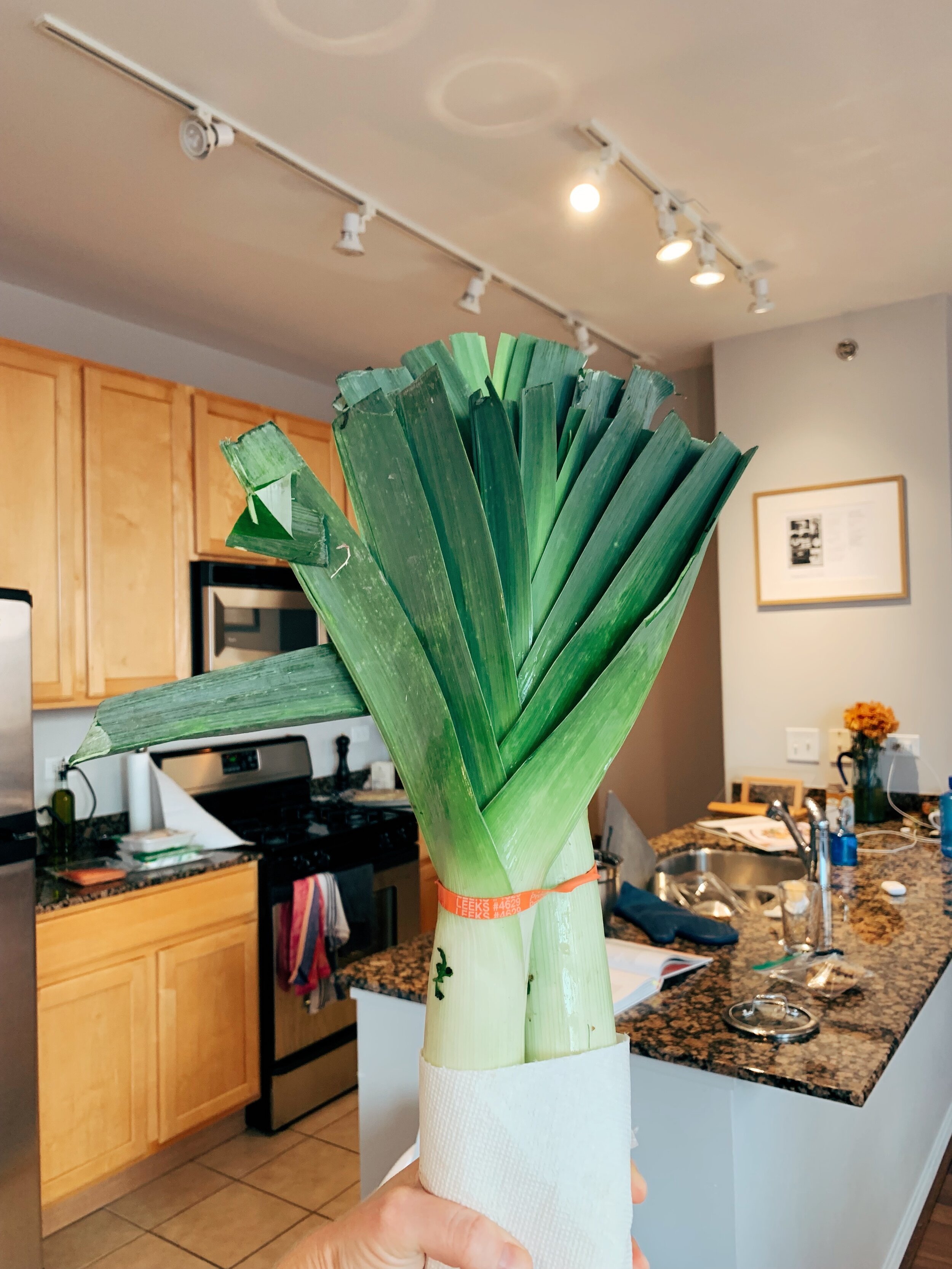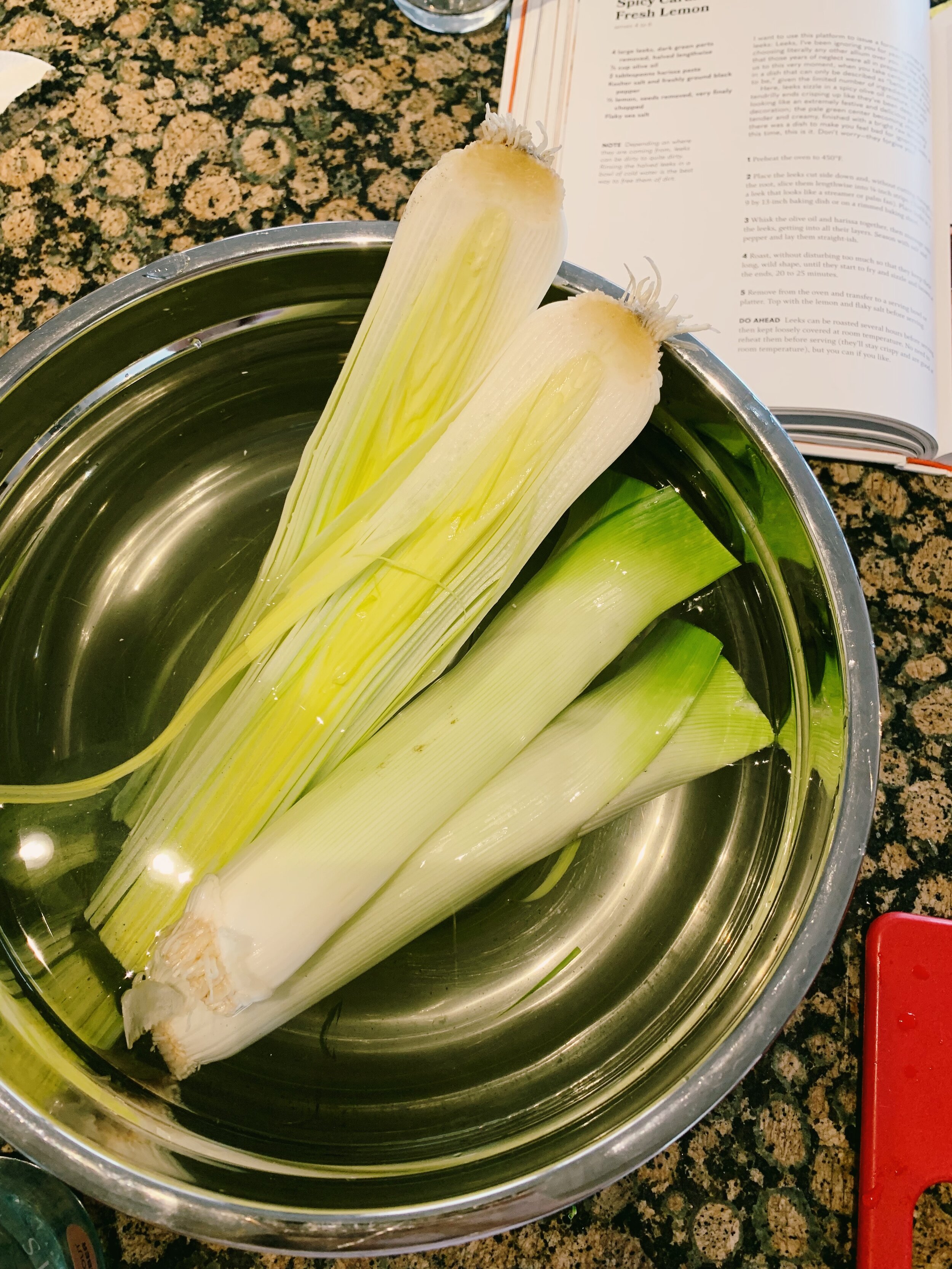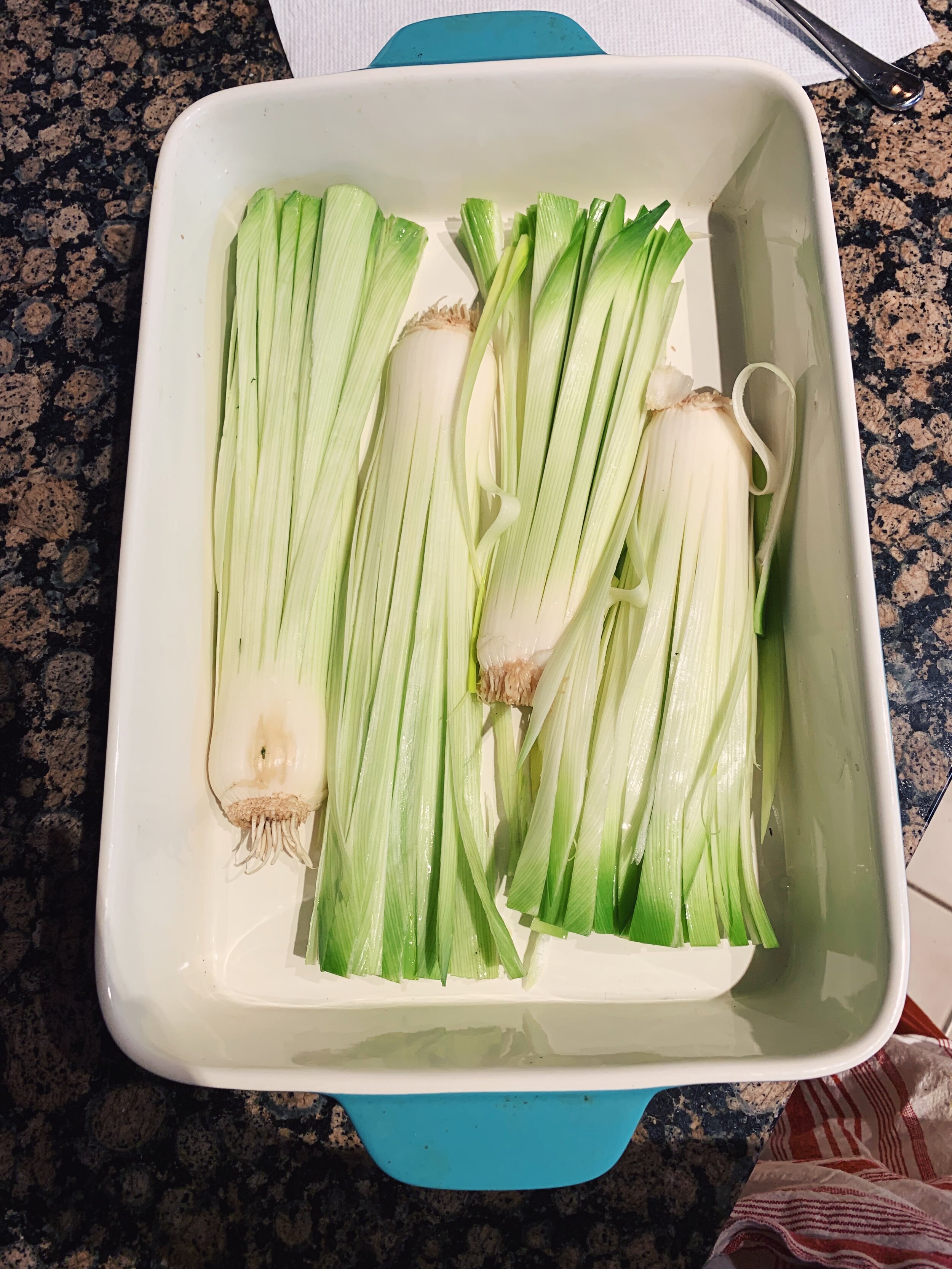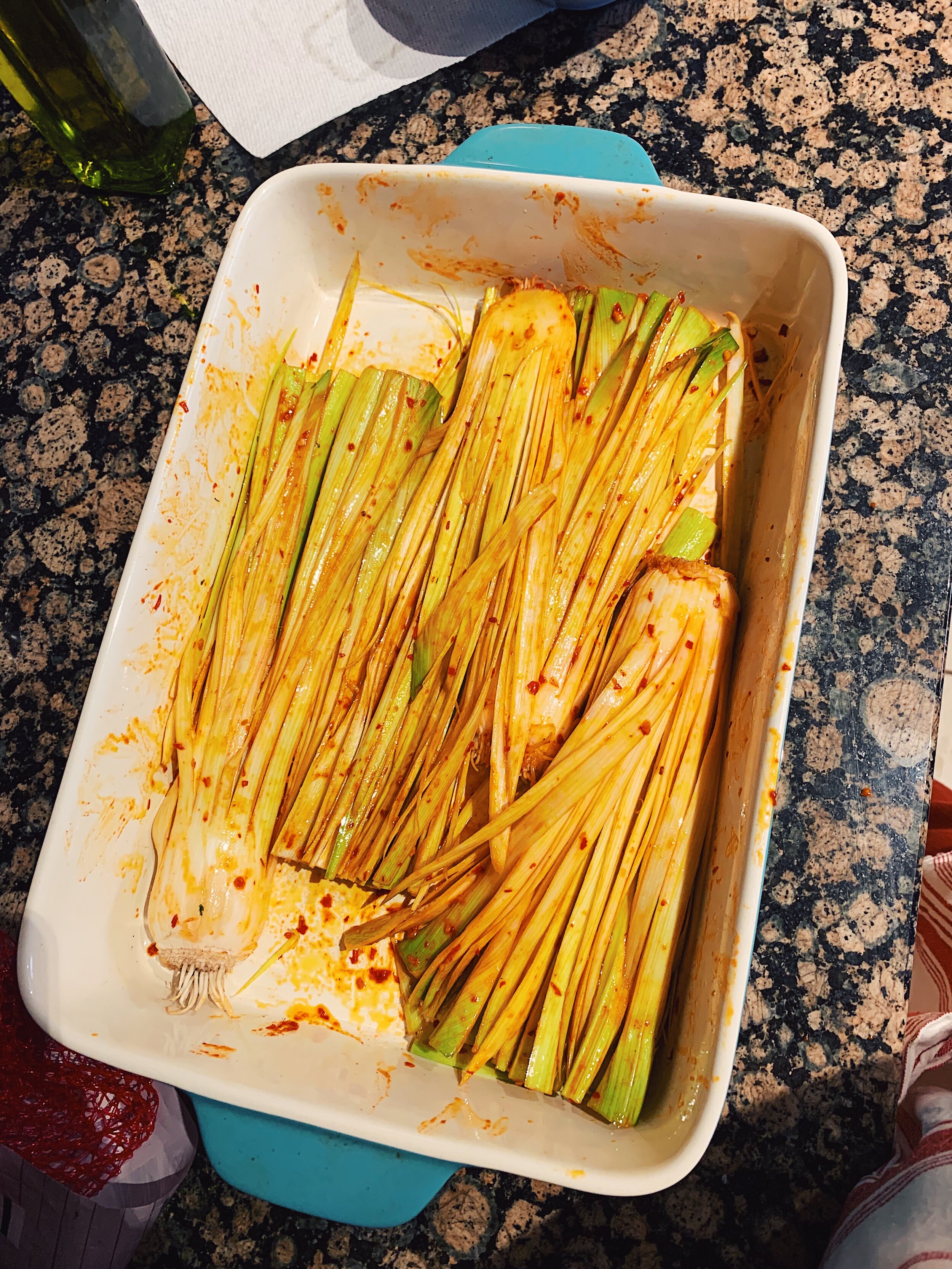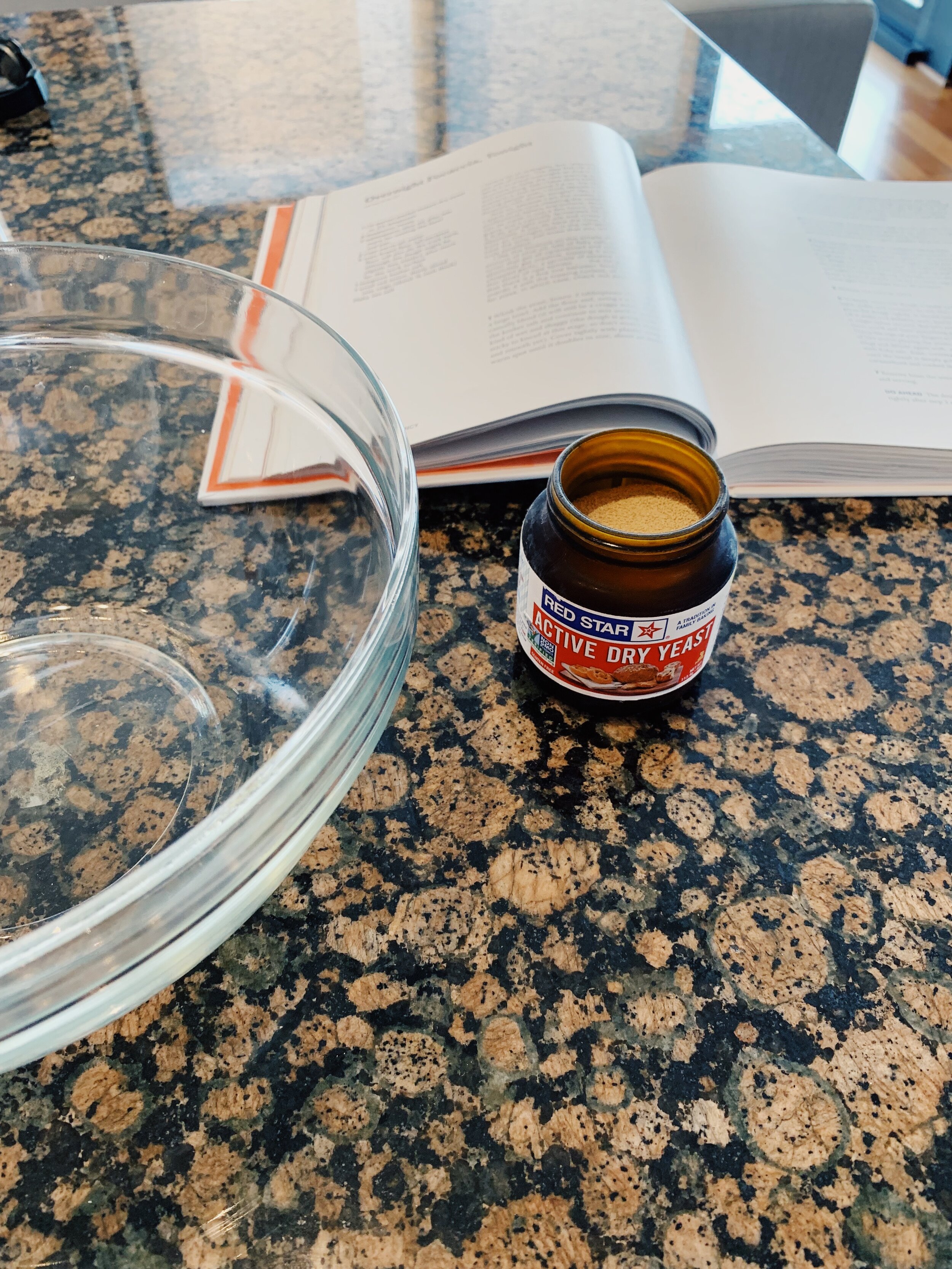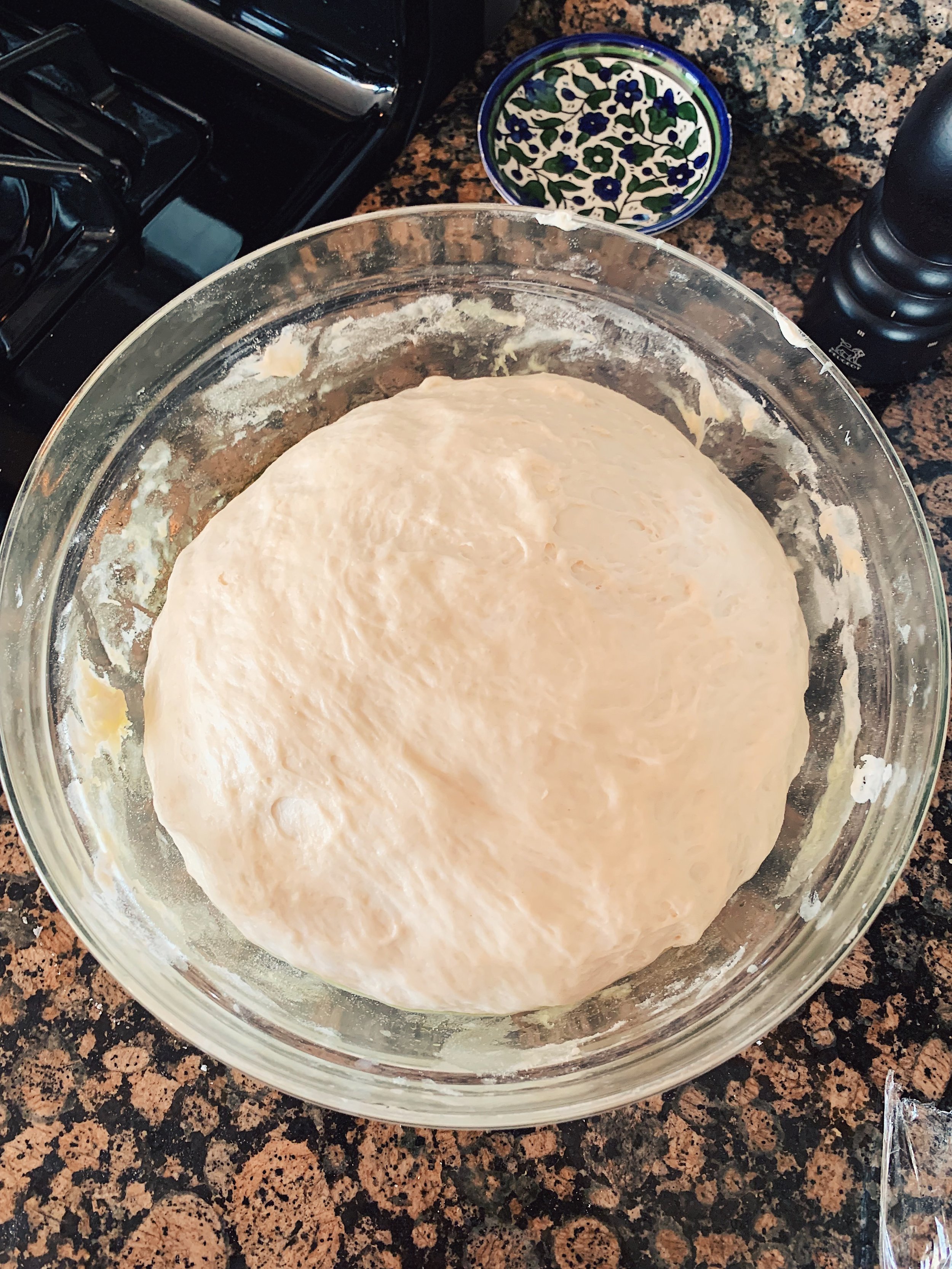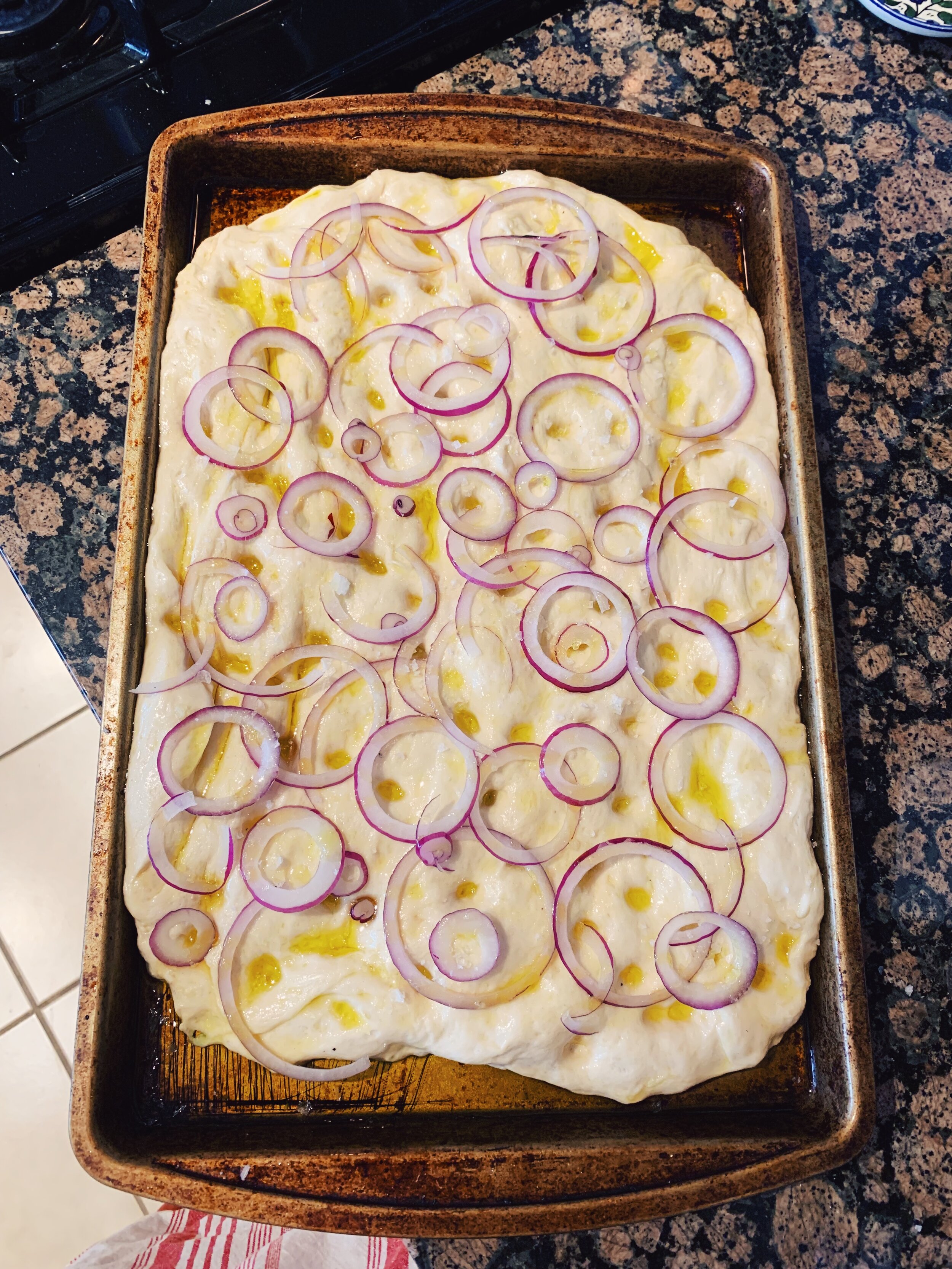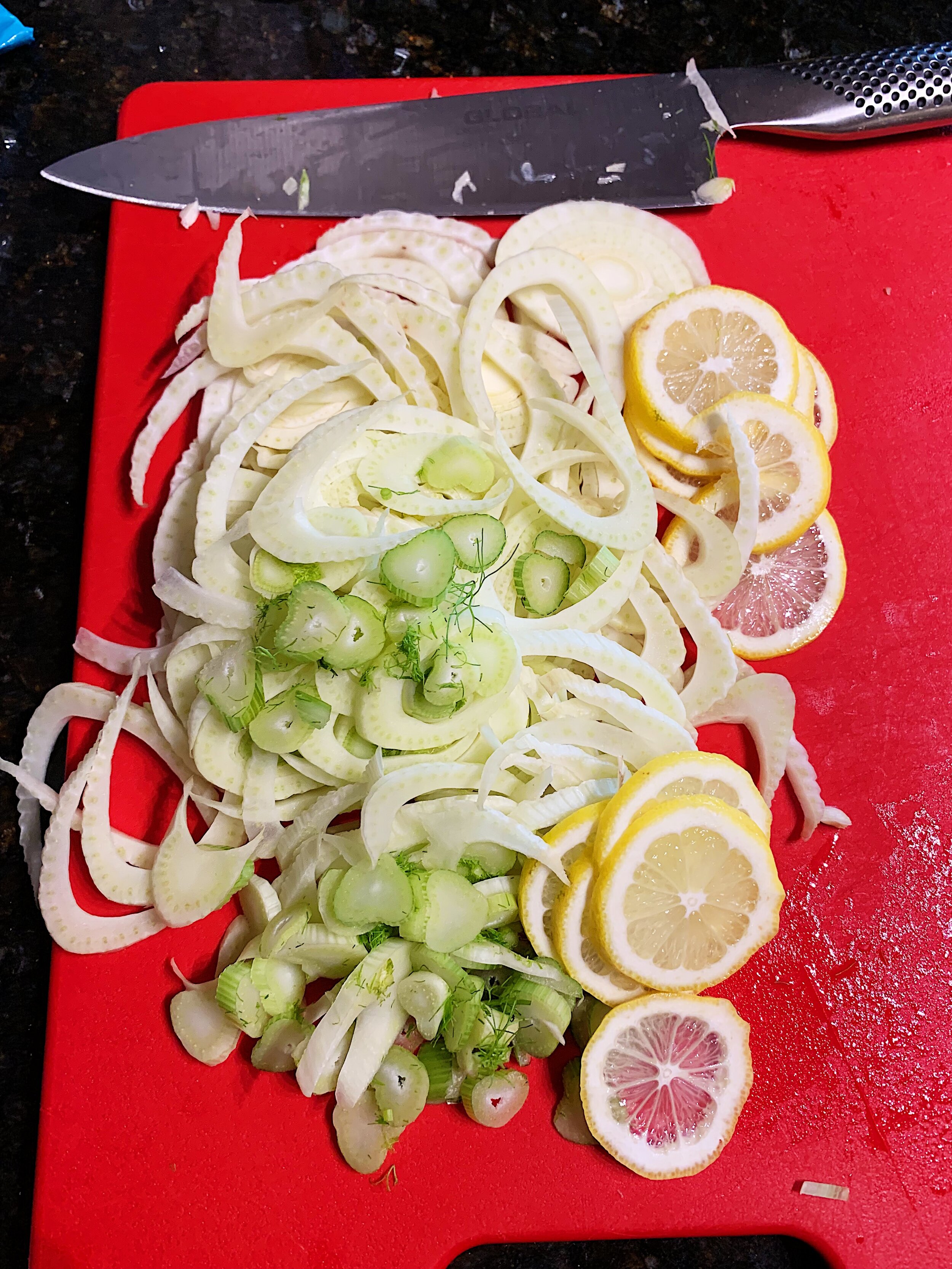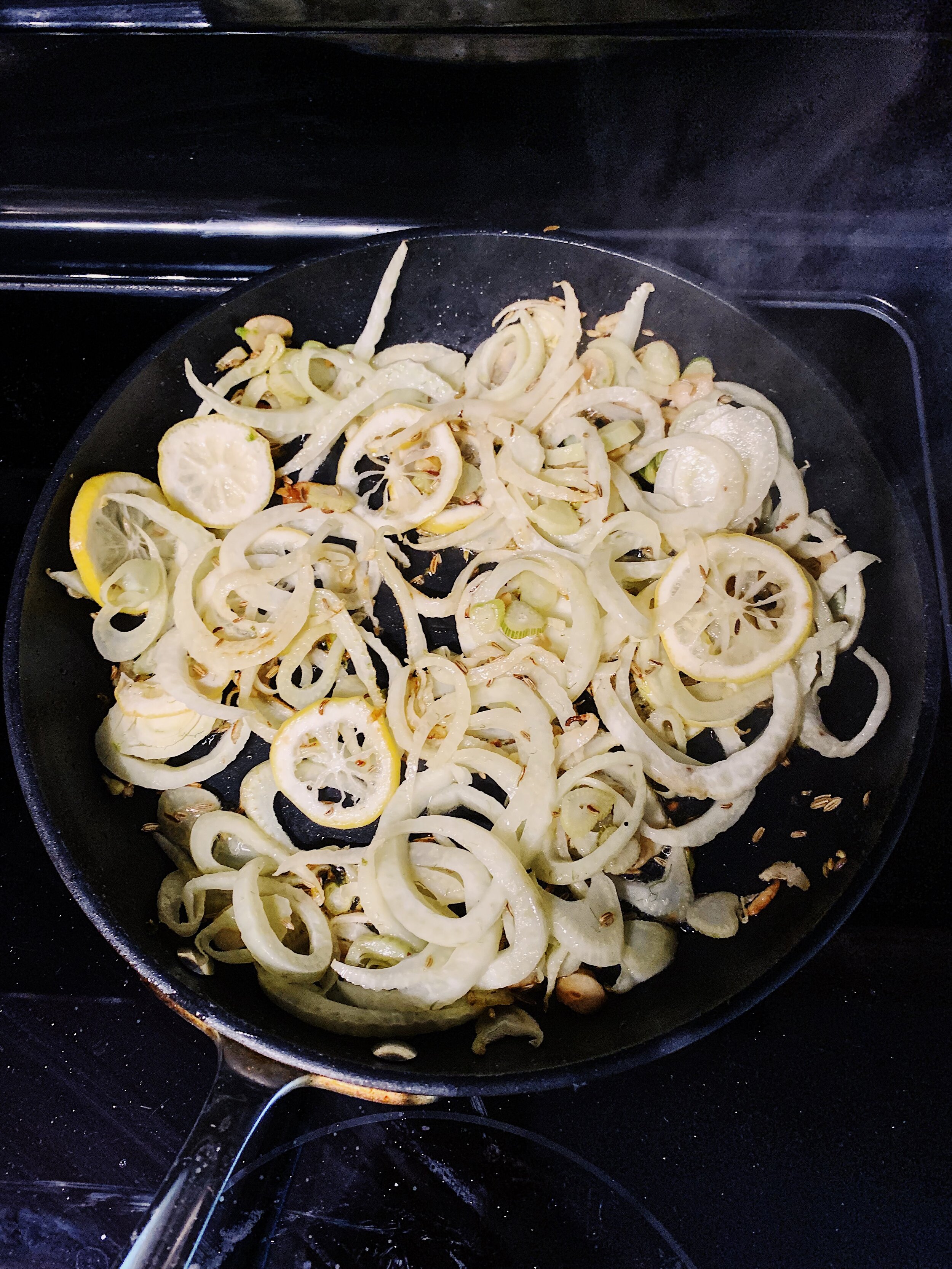Alison has four lentil recipes between her two cookbooks, and this is my third one to cook. The final recipe, which will be posted next, uses the lentils made here in a nicoise-like salad. Since I only feel like writing about lentils one more time, this essay will suffice for both recipes.
I’ve previously written about the first time I ate lentils (also the first time an onion made me cry), and a particularly memorable lentil soup that I ate in Rwanda. I have one final lentil memory to share. It’s not really a story, but rather a certain lentil stew that will always be considered the best I’ve ever had.
In the earliest days of my career, I worked for an advertising agency in downtown Chicago. The office was located in the historic Monroe Building on Michigan Ave, which was quite the location for a first job out of college. Across the street from our office was Millennium Park, the Bean, the Art Institute, and just beyond, shining Lake Michigan. Our office was located at the very top of the building on the 15th and 16th floors, and the view from those windows often took my breath away. At the bottom of the building were two establishments: Dunkin Donuts (which I do not prefer for donuts nor coffee) and Pret A Manger. Pret (as we called it) is a sandwich/salad/soup chain with coffee drinks and breakfast sandwiches in the morning. It’s not cheap, but it got the job done when you forgot to pack a lunch and had only minutes between meetings to find a substitute.
It was on such an occasion that I hurriedly walked through Pret to find an affordable lunch before a meeting and stumbled upon the best lentil stew I’ve ever had. It came with a small baguette, which I used to dip into the hot stew and use as a pseudo spoon. The stew itself had tiny bits of onion and carrots, and the flavors consisted of the perfect ratio of salt to acid. I’ve since tried to find their recipe online, and the other fans (yes, other people also love this stew) have surmised that balsamic vinegar is used as the acid component. No other lentil stew has ever come close to that of Pret.
Alison’s spiced lentils are a fresh-tasting take on the kind of lentil salad that you’d get at a deli counter. Fresh garlic and crushed spices like coriander and fennel seed spend time infusing some olive oil over a low temperature. Alison requests only 15 to 20 minutes of infusion, but I felt the oil could have spent even 30 to 40 minutes over the stove for extra flavor. Once the garlic is lightly browned in the oil, a bunch of scallions (or spring onions if you can find them) and lemon zest, join the pot briefly before the oil and its contents are poured out over the cooked lentils. I added salt and pepper before serving.
There’s nothing extraordinary about these lentils, but I don’t think Alison means them to be. They’re just a reliable, and flavorful way to prepare these grains, and they can be eaten with just about anything else. Or on their own.
153 recipes cooked, 72 to go.





